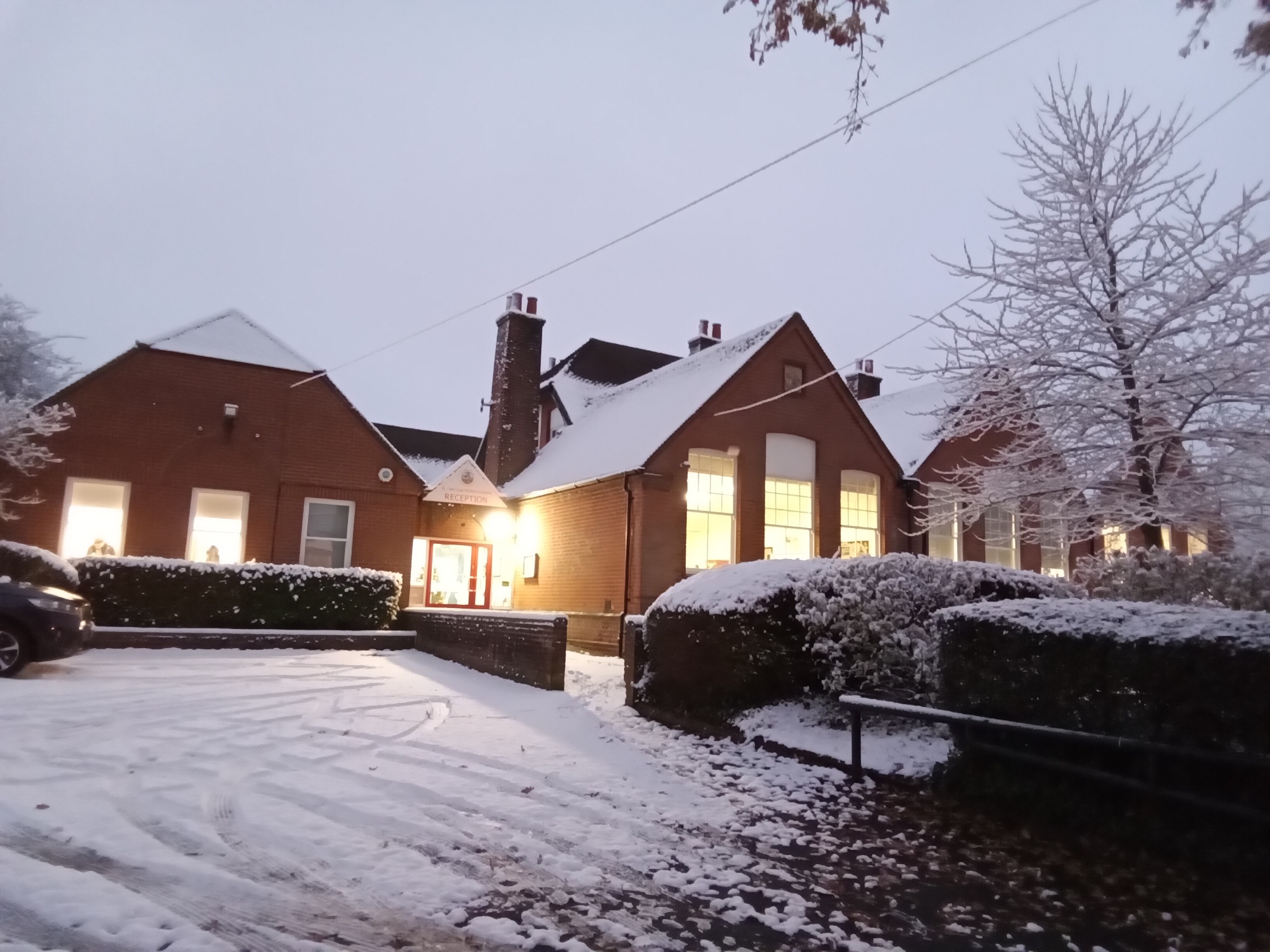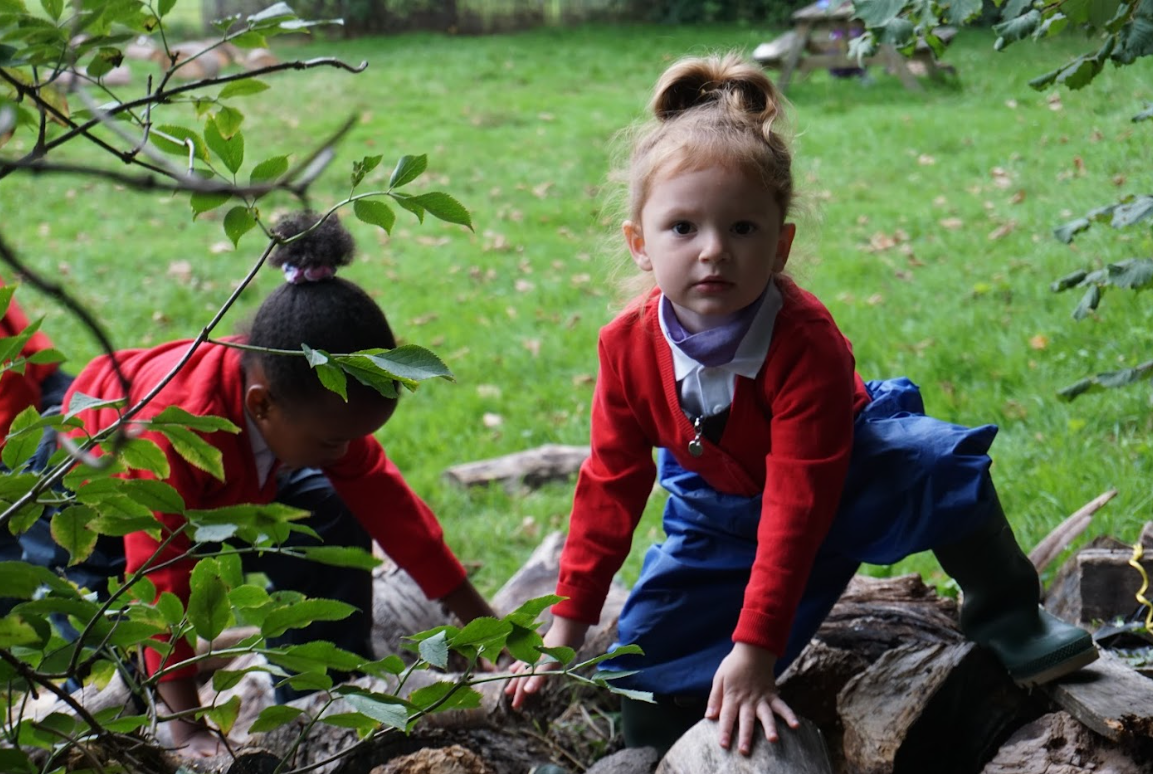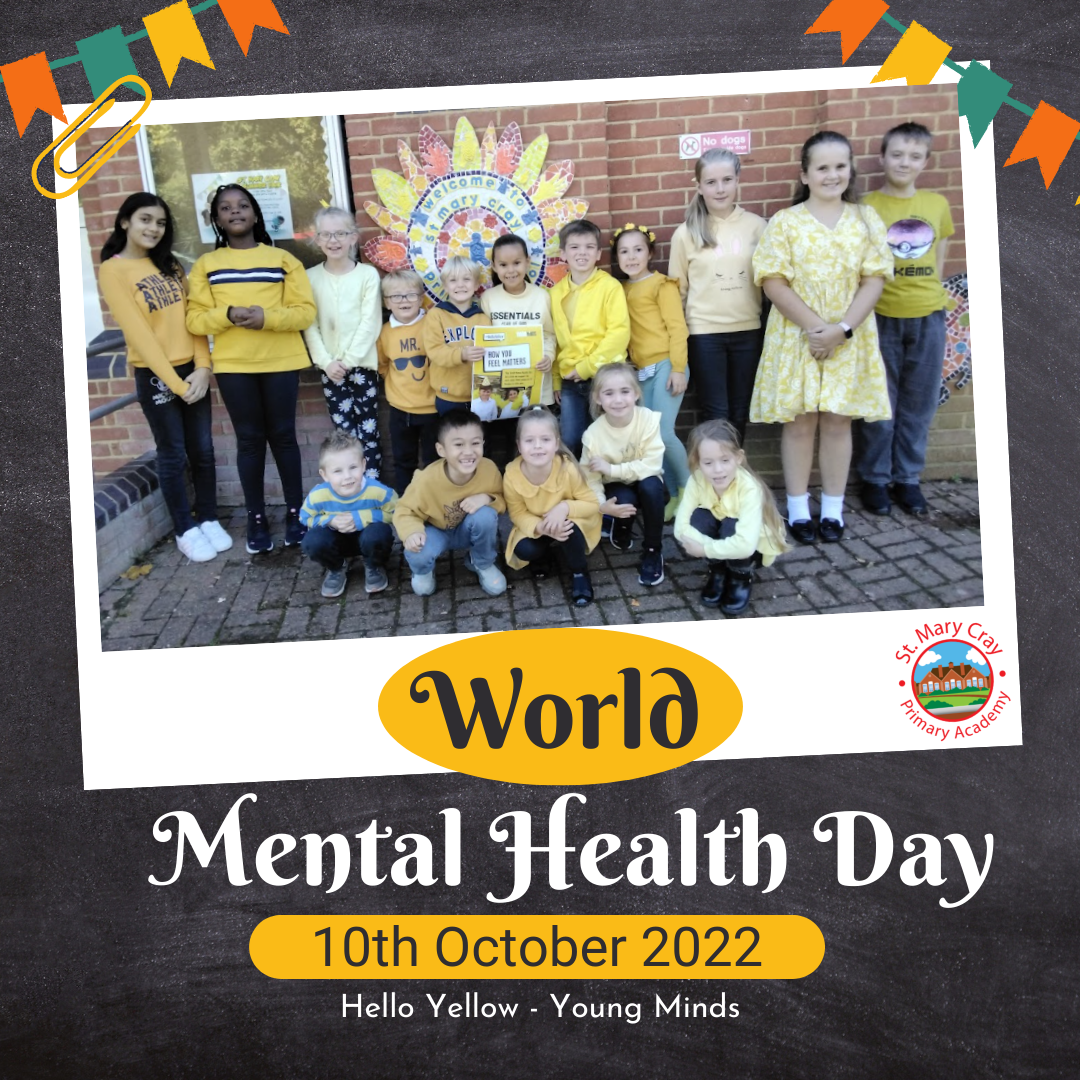Learning in Onyx Class
Spring 1
Maths
At St Mary Cray Primary Academy we follow Maths Mastery. As part of this all aspects of Maths will first be taught using concrete materials, then progressing onto pictorials and finally using abstract methods. This has been shown to be a fantastic method of building solid and secure mathematical understanding. Once this understanding is secure, children learn how to problem solve and reason.
During Spring 1, pupils will cover the following topics in Maths: multiplications, divisions, length and perimeter. Children are introduced to factors for the first time. They discover that both whole numbers multiplied together become factors of the product when two whole numbers are multiplied to generate a product. Pupils experiment with multiplication by 10. They must be able to picture multiplying a number by ten and comprehend that "multiply by ten" and "ten times the size" are the same concepts. This is also discovered when multiplying by 100.
When dividing, children answer questions that only accept whole numbers when they divide them by 10. Students must be able to picture themselves creating a number that is one-tenth the size and comprehend that this is equivalent to "dividing by 10."
Pupils solve addition and multiplication problems, including scaling issues using integers, multiplying 2-digit numbers by 1-digit numbers using the distributive law, and more difficult linked problems. They will also Identify and apply commutativity and factor pairings in mental calculations.
When working with Length, pupils will convert between several measurement units, such as hour to minute; kilometre to metre. In Year 3, pupils counted on squares to find the perimeter of shapes and objects, using this skill, children will focus on calculating the perimeter of rectangles using the side lengths.
English
In English our chosen texts for this term are 'Phillip Pullman's -The Firework-Maker's Daughter.
Children will be writing for a range purposes, including Letter writing, Story writing, Comic strip, Play script, Descriptive writing and Setting description
They will be taught to include a range of features including;
- Figurative language, description, similes and metaphors
- Speech – using inverted commas and beginning to show the character’s relationship through their speech
- Apostrophe to show belonging
- Present and past tense
- Paragraphs – to organise information
- Expanded noun phrases
- Fronted adverbials
- Descriptive vocabulary – adverbs, adjectives
The best way to support your child with their writing is to encourage them to read at home and to practise spelling the Year3 /4 statutory spelling list.
Reading
In Year 4, reading is taught daily. Some children read with the class teacher during guided reading sessions, in which children are taught comprehension skills. Other children take part in the Fresh Start programme.
Each child is issued with a home reading journal and book, which should be read, signed off, and returned to school daily. Home reading is a hugely beneficial way of supporting your child's learning across the curriculum.
Science
Our topic is Sound. We will look at and discuss:
- The functions of the different parts of the ear
- How we hear sound
- That sound must travel through a medium
- Investigate how materials can affect how sound travels
RE
In RE we will be learning about Buddhism.






